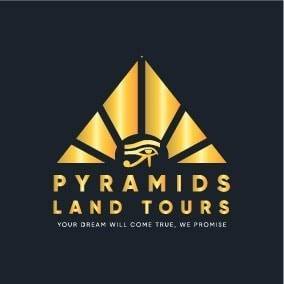Of all the hieroglyphs used in Ancient Egypt, the most well-known and enduring is that of the ankh. Shaped like a cross with an oval loop replacing the top bar, the ankh is an Egyptian symbol for life – both on Earth and after death. If you travel to Egypt today, you will see the ankh carved or painted onto temples and tombs throughout the country, where it would have conveyed its message of everlasting life even to those that could not read.
The Ankh: An Egyptian Symbol for Life
what is the Egyptian symbol for life?

Where Did the Ankh Come From?
The Ankh in Ancient Egyptian Culture
Examples of Ankh Depictions in Egypt
The Ankh As a Symbol in Other Cultures
The power of the ankh as an Egyptian symbol for life was so strong that several other ancient civilizations also adopted it. In Near Eastern art, the ankh was often depicted alongside Egyptian deities who had been introduced into the pantheons of Syria and Canaan; it also became part of the artistic culture of Anatolia (modern-day Turkey) and Crete. In Africa, the Meroitic Kingdom (located to the south of Egypt in modern-day Sudan) adopted many of their neighbors’ beliefs and practices, including the use of the ankh symbol to represent mortal and everlasting life.
In Egypt, the ankh was one of the only ancient symbols to survive when Christianity began to replace paganism from the first century AD onwards. The Coptic Christians embraced its message of eternal life but adapted it to relate to the spiritual immortality they believed awaited the followers of Christ. The oval-shaped loop at the top of the ankh was replaced with a circular one, thereby creating the Coptic alternative to the traditional four-posted cross known as the crux ansata.
Meaning of the Ankh in Modern Times



















